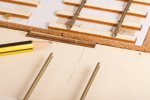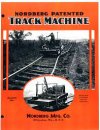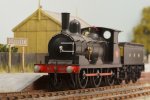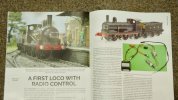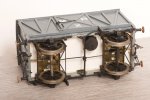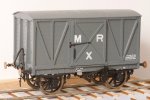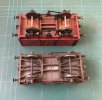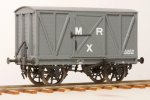simond
Western Thunderer
Richard.
might it be worth making a gauge which could then be used to do both ends of all double ended units, and the business end of the single ended unit?
In a sense, you already have, but if it were only a few (20?) mm thick, the chances of misalignment would be negligible, I think.
might it be worth making a gauge which could then be used to do both ends of all double ended units, and the business end of the single ended unit?
In a sense, you already have, but if it were only a few (20?) mm thick, the chances of misalignment would be negligible, I think.

